October 2024
John is pleased to announce the release of his new book, Target Arnhem, the second in the Manner of Men series. The book has been published by Sharpe Books and is available through Amazon – link on relevant page.
July 2024
John’s book on the Arctic Convoy, PQ18 was published earlier this year by Pen & Sword and is available from their website, Amazon and to order from all good bookshops.
The second in the Manner of Men series, Target Arnhem will be published in the next few weeks. More to follow on that.
May 2023
John was delighted to host and chair a talk with Damien Lewis at Waterstones, Salisbury, on Wednesday 7th June 2023, to talk about his latest book, SAS Great Escapes Two. It was an extremely enjoyable and well attended event.

May 2023
Coming soon – John has been invited to take part in an ‘in conversation’, with the author and historian, Damien Lewis, at Waterstones Salisbury on Wednesday 7th June 2023, where they will be talking about Damien’s new book, SAS Great Escapes Two. Tickets are available from Waterstones website.
May 2023
John has now completed the first of a three book series of novels for Sharpe Books, about a group of paratroopers as they fight from D-Day through to the end of the Second World War. He is hoping for it to be published soon. He is about to start work on book two of the series.
His non-fiction book, Arctic Convoy PQ18 (25 Days That Changed The Course Of The War) is now in pre-production with Pen and Sword and will be published shortly.
December 2022
Sharpe Books have now published John’s book with the new title, Hell and High Water. The book has been re-edited, with a new cover. It is available in paperback and to download for Kindle.
November 2022
John’s novel based on the Arctic Convoys, The Worst Journey In The World, has WON the Aspects of History Unpublished Historical Novel award. It will be published by Sharpe Books in the very near future.
October 2022
On 27th October John, and his brother, Paul, attended the book launch of SAS Brothers In Arms, the brilliant new book of the founding of the SAS by bestselling author, Damien Lewis. The event took place at the National Army Museum in London. The book covers the founding of the SAS in North Africa during World War Two and is told in Damien’s indomitable style. A thoroughly brilliant read, the book is highly recommended. John was privileged to meet some exceptional people including Victoria Cross winner, Johnson Beharry, SAS legend and author, Des Powell and ex-special forces and motivational speaker, Paul Hughes. Some pictures below.

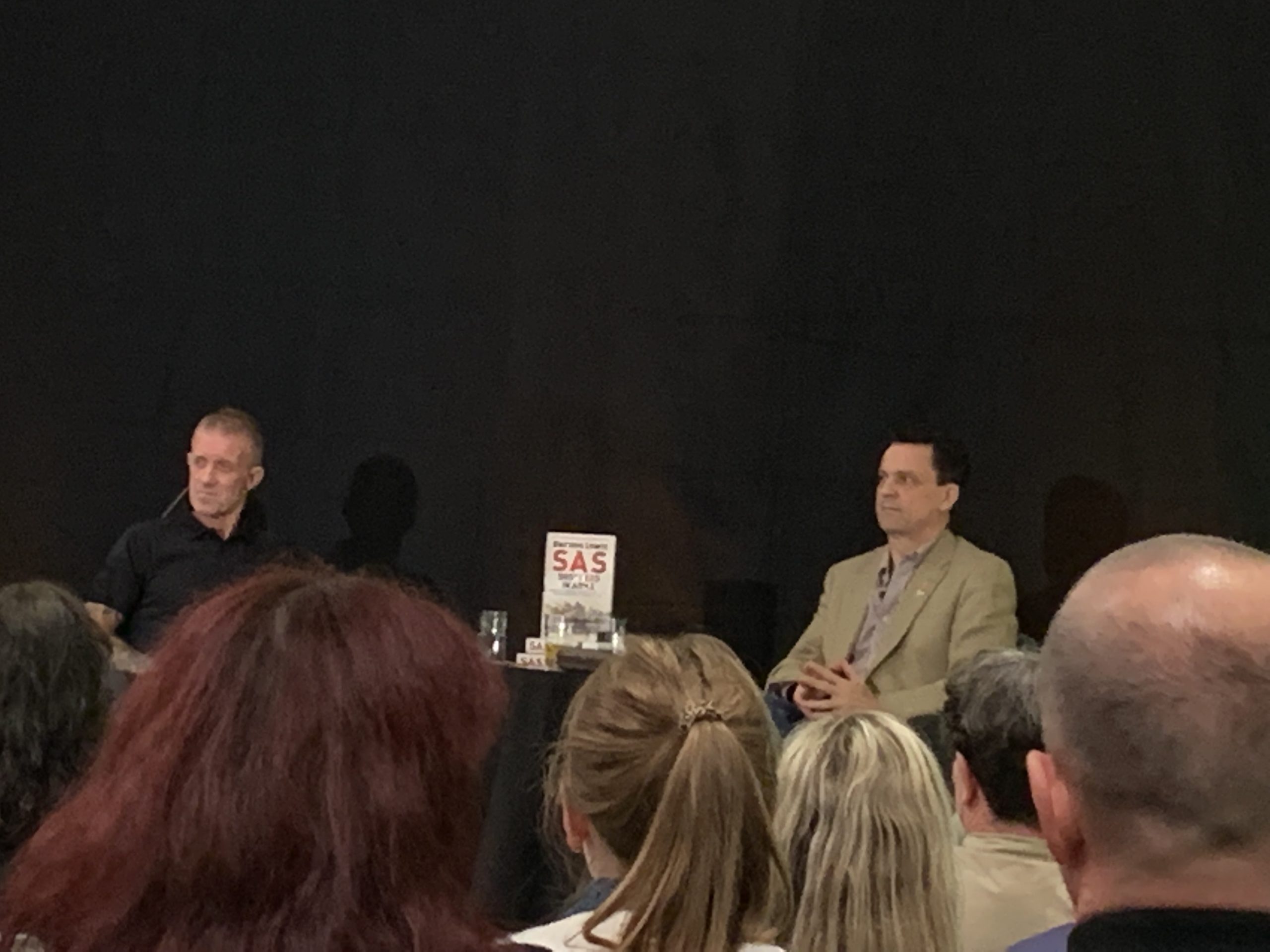
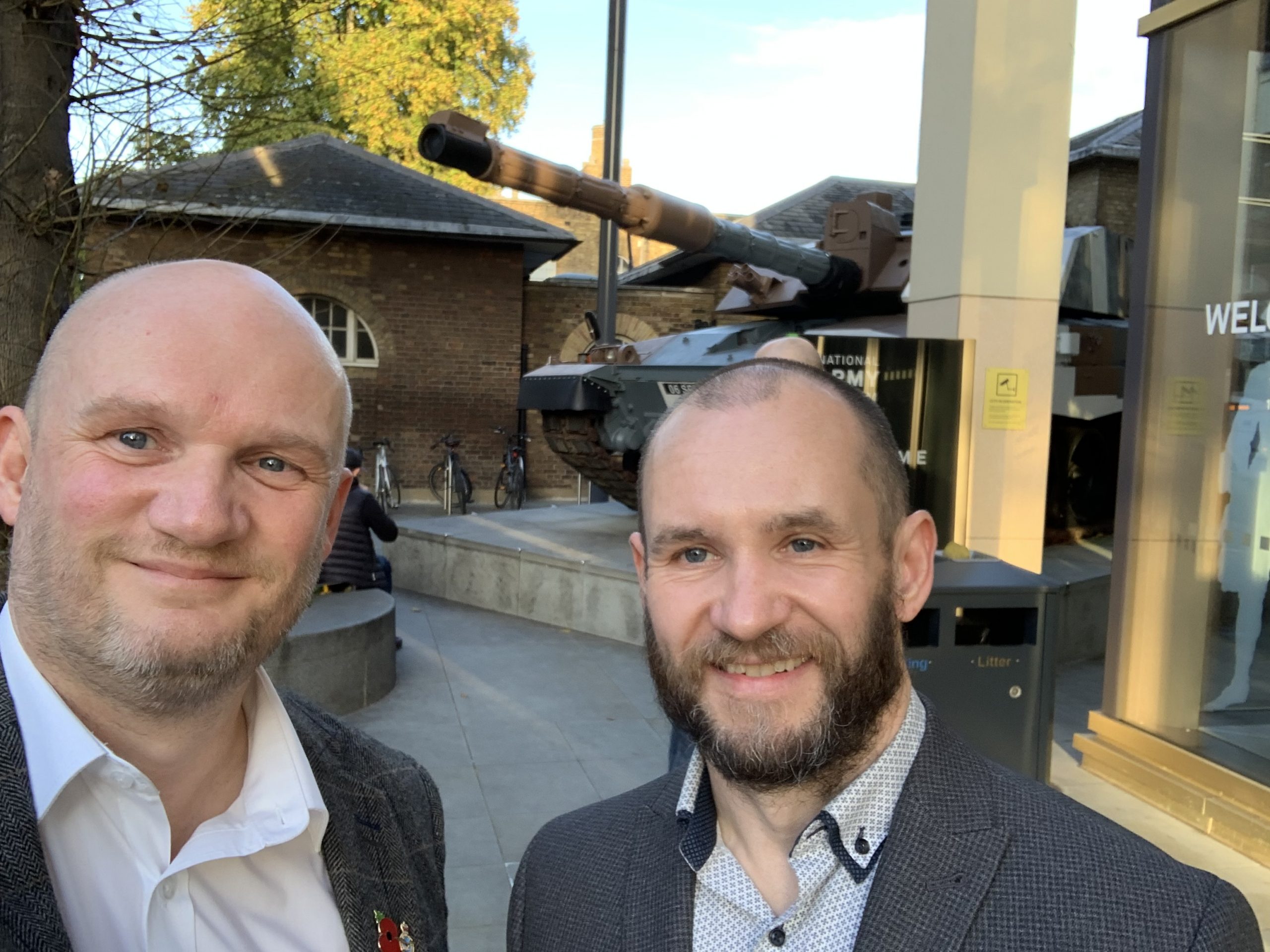
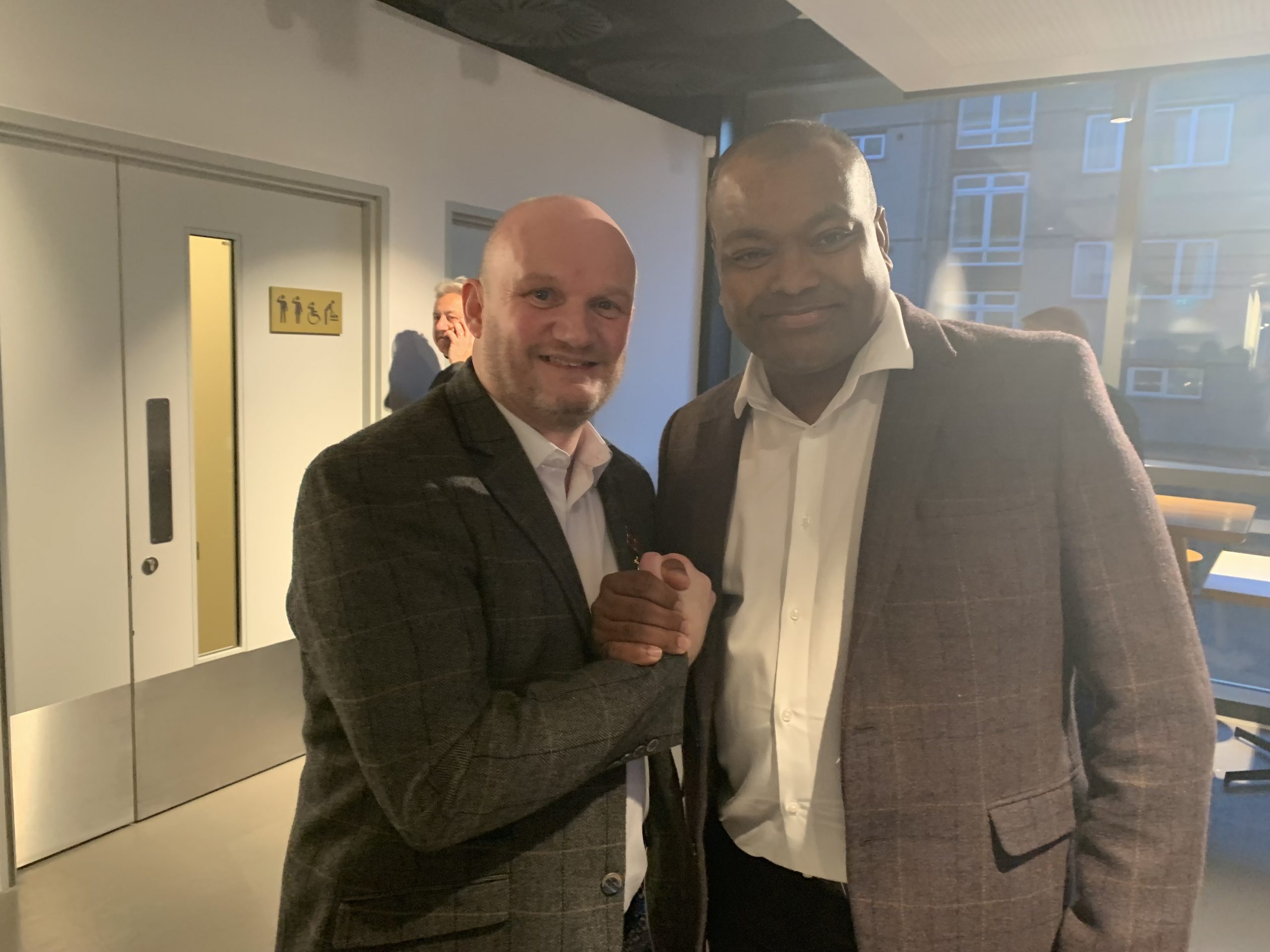


October 2022
John’s novel based on the Arctic Convoys – The Worst Journey In The World – has been shortlisted for the Aspects of History Unpublished Historical Novel Award. The winner will be announced on 1st November 2022.
23rd June 2022
John held a talk/presentation at the Western Approaches Museum in Liverpool on his latest (as yet unpublished) book, “25 Days – The Convoys That Won The War”. John would like to thank all the staff and for those that attended on what was a fantastic night. The Western Approaches Museum was the actual place where the Battle of the Atlantic was co-ordinated from during WW2 and is well worth a visit. Friendly, knowledgeable staff and it has been restored to exactly how it was like during the war years. Pictures below:


___________________________________________________________________________
80th Anniversary of Operation Dervish – the first Arctic Convoy – 12th August 2021
On 12th August 2021 John was invited to attend the 80th Anniversary commemorations of the first Arctic convoys at Liverpool Parish Church – (Our Lady & St Nicholas) and to a civic reception at Liverpool Town Hall following. The service was attended by many dignitaries including the Russian ambassador, Mr Andrei Kelin along with Baroness Goldie, Wendy Morton MP, Mark Blundell Esq. (Lord Lieutenant of Merseyside), Capt. Ian McNaught (Deputy Master of Trinity House and Rear Admiral Jim Higham OBE of the Royal Navy.
The first convoy (Operation Dervish) consisted of seven merchant ships escorted by a total of ten Royal Navy vessels and arrived in Archangel on 31st August 1941. Operation Dervish was the first of the Arctic convoys of the Second World War by which the Western Allies supplied material to the Soviet Union. Included in this first convoy were the personnel and equipment of 151 Wing, Royal Air Force, for the air defence of the Russian ports, several civilians and diplomatic missions.
Some photographs from the event are below:
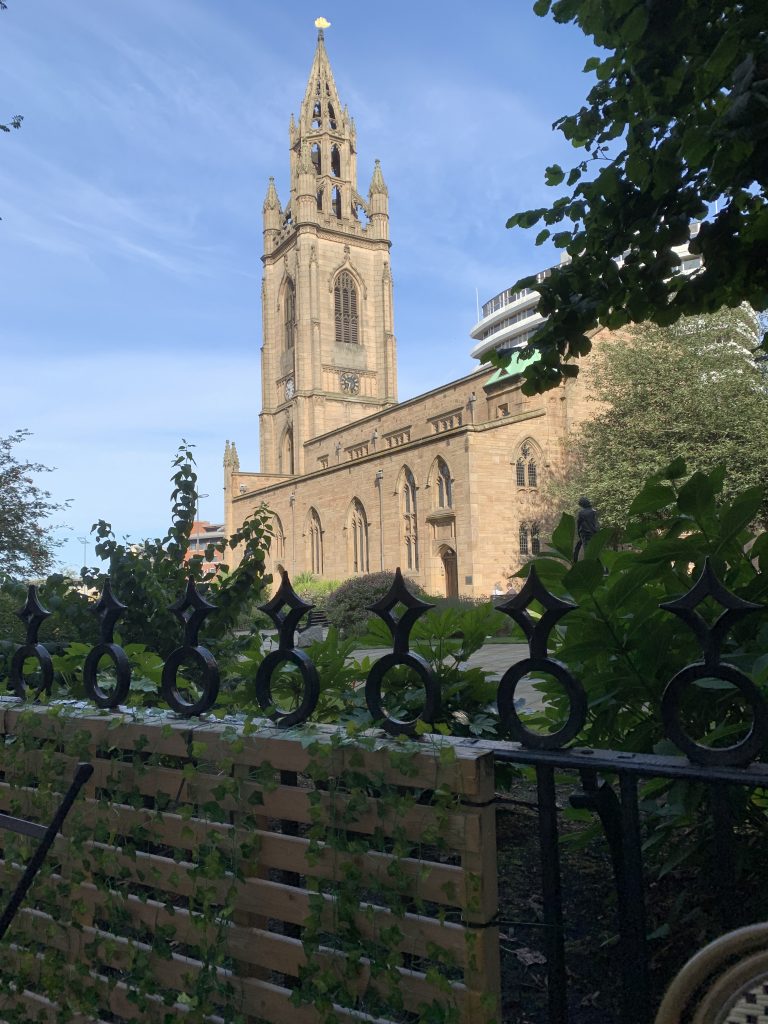


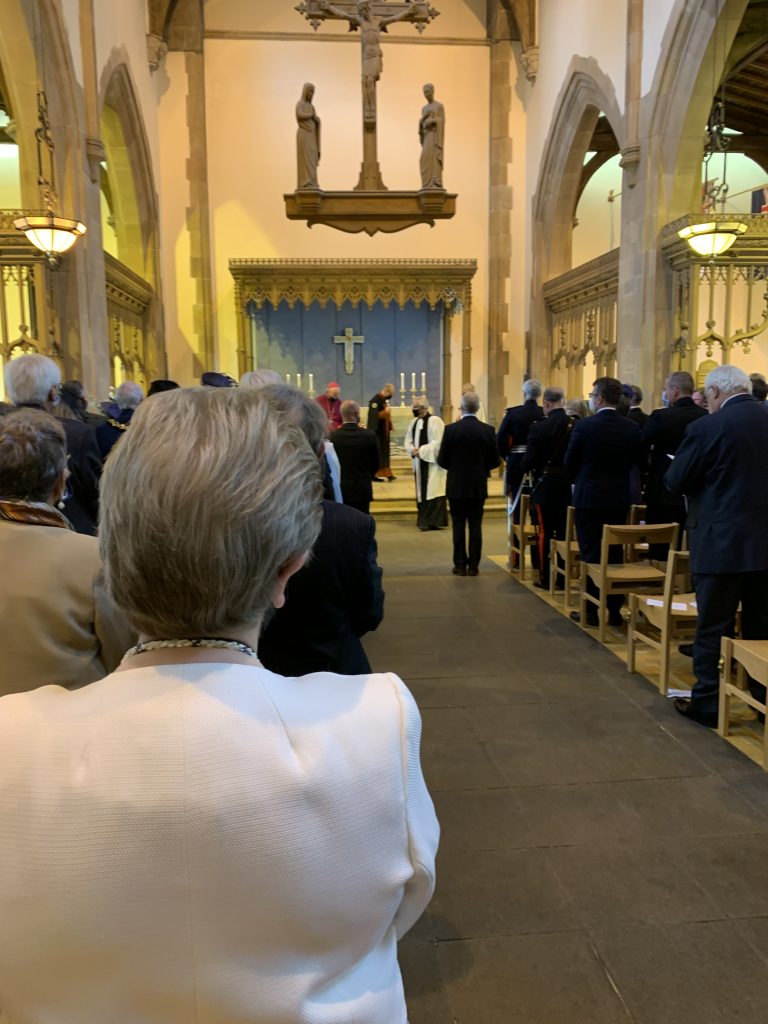
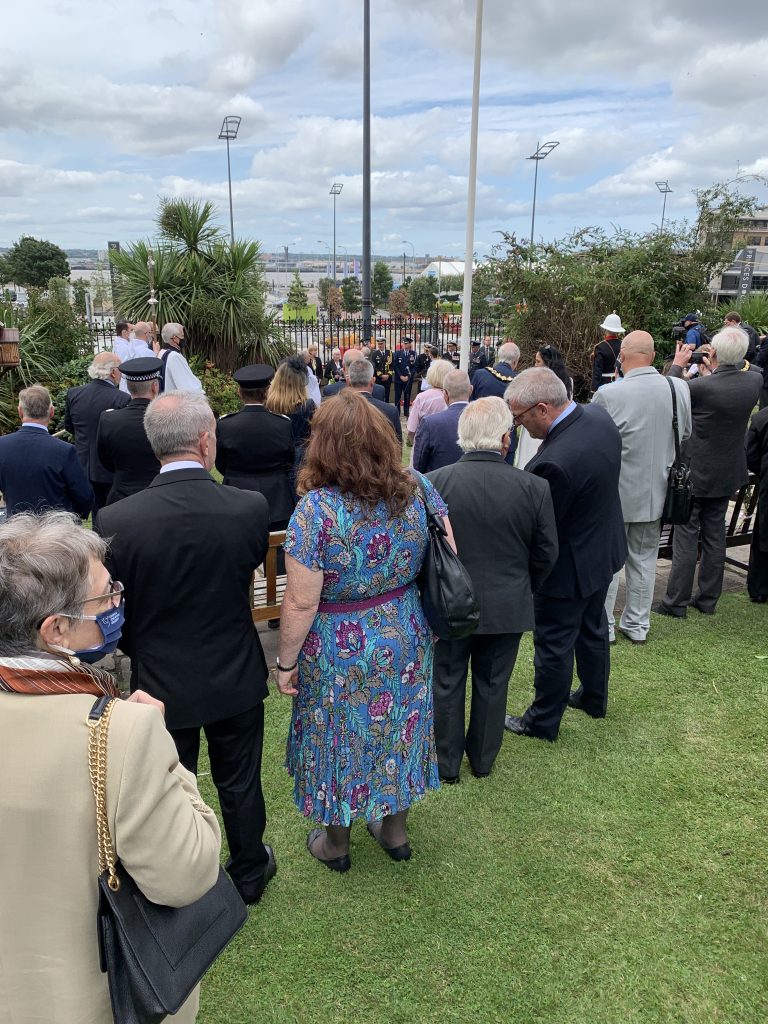
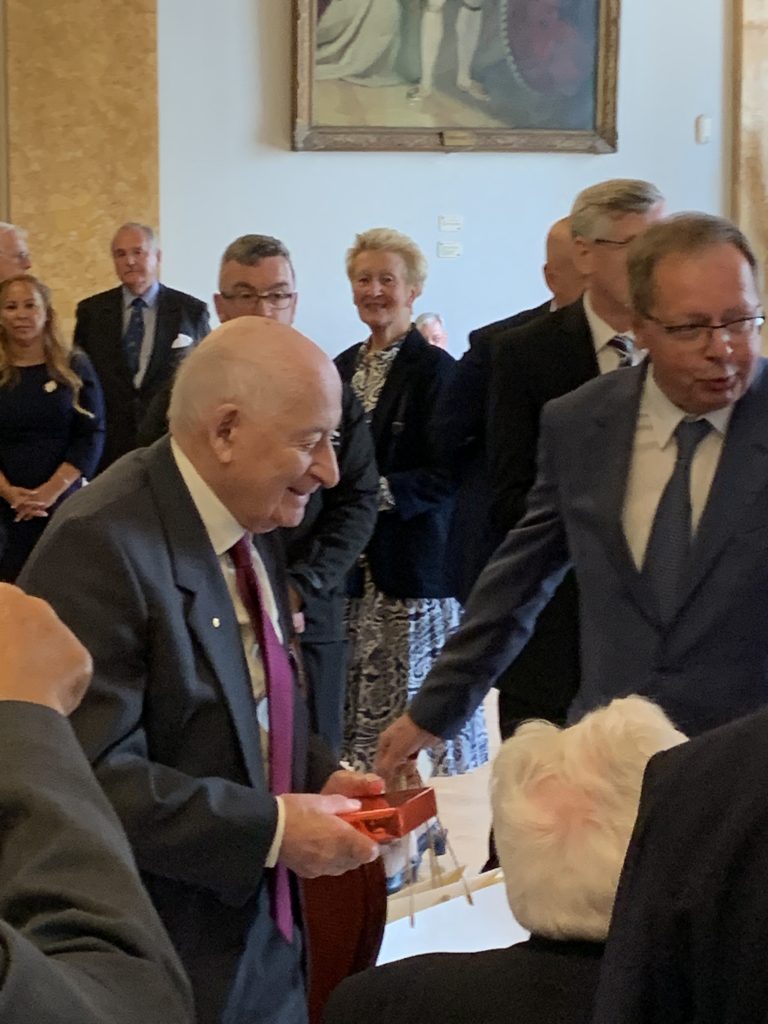
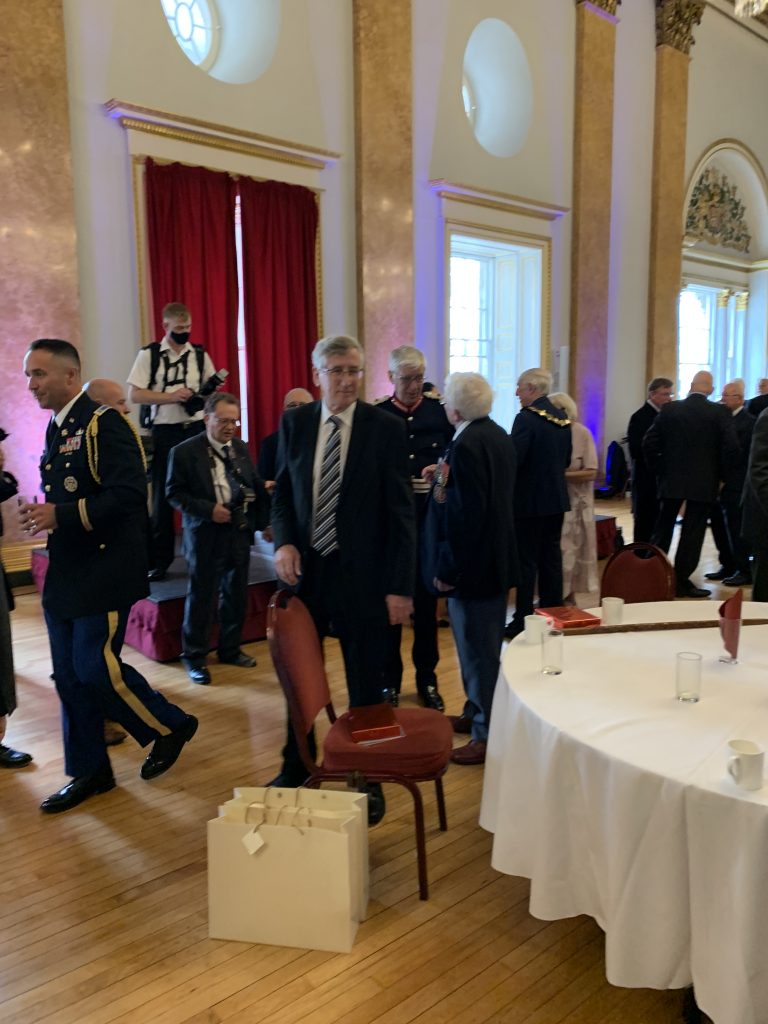

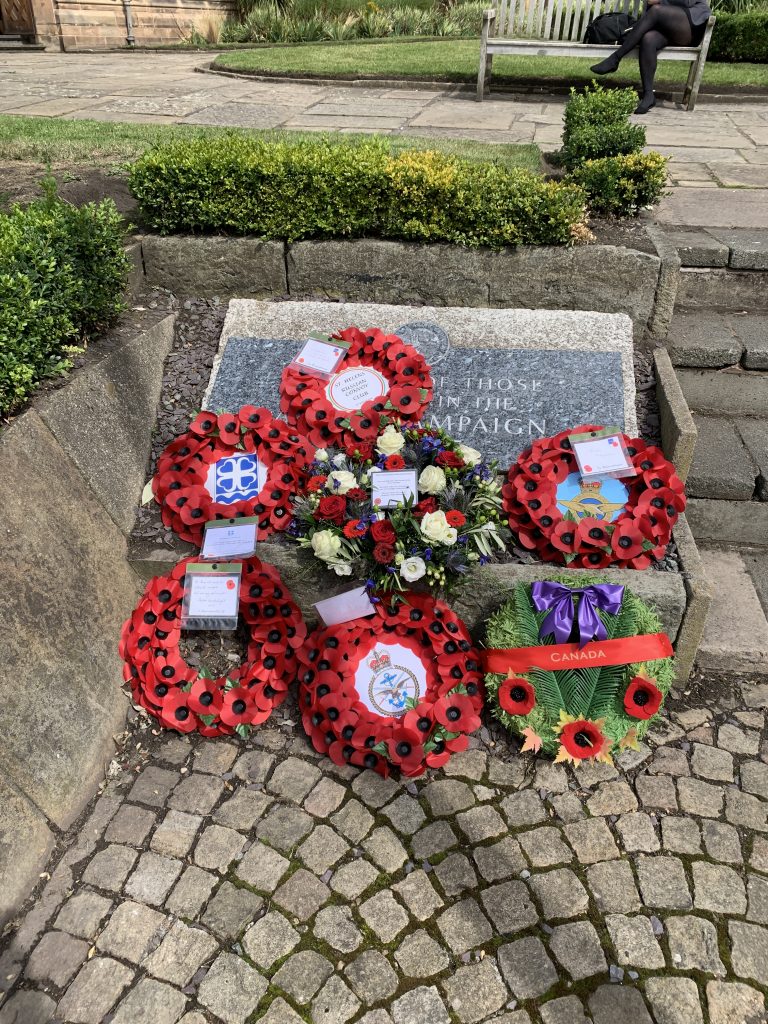
__________________________________________________________________________________________________________________________
Corporal Thomas “Ginger” Jones – SAS Band of Brothers
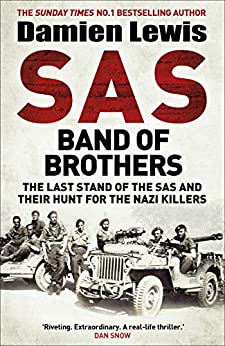
Along with the renowned author and historian Damien Lewis, and the family of a local SAS hero, John has recently become involved with a campaign in his hometown of Wigan to have a fitting memorial put up for someone who was truly a remarkable man.
John was privileged to have been sent an advanced copy of Damien Lewis’s book, SAS Band of Brothers, recently. After reading what is a fantastic account of Operation Gain, an SAS campaign, post D-Day, to drop British Special Forces behind German lines to disrupt the Nazis from sending reinforcements to Normandy to resist the Allied advance, John was struck by one particular soldier from those missions. That soldier was Thomas “Ginger” Jones, from Wigan.
John is pleased to announce that after discussions with John Harker MBE of the quite brilliant Wigan Armed Forces Headquarters and with the support of Wigan Council and the Wigan Observer newspaper, a plaque commemorating Ginger’s wartime exploits is to be put up at the Headquarters building in the new year. More information will follow as soon as it is known.
John feels extremely proud and privileged to have been a part of this.
***** UPDATE *****
On Wednesday 10th November 2021 the plaque was unveiled by Ginger’s son, Norman, and daughther, Glenys. The event, which took place at Wigan Armed Forces Centre, was attended by the Mayor of Wigan, Yvonne Klieve, other civic dignitaries, members of Ginger’s wider family and also by the author of SAS: Band of Brothers, Damien Lewis.
Damien gave a talk on the story of SABU-70, the SAS patrol that was betrayed and captured by the Nazis and of Ginger’s role in it. Following Damien’s brilliant talk, Ginger’s grandson, Andrew Atherton, spoke very eloquently on behalf of the family. Following this, the Mayor gave a short address on behalf of the council and the town’s pride in having Ginger’s story told and his life commemorated in this way.
Some pictures below:
Ginger’s story, below, is best told by Damien Lewis himself and John can highly recommend all of Damien’s books:
Corporal Thomas ‘Ginger’ Jones hailed from Wigan, where he had worked as a miner prior to WWII. A keen sportsman both at football and boxing, Jones had volunteered for the SAS on its formation in North Africa by Major David Stirling and Lieutenant Blair ‘Paddy’ Mayne in 1941. Jones had gone on to serve on countless SAS missions, and was a twenty-nine year old seasoned veteran by the time he was selected for Operation Gain, one of the SAS’s D-Day missions. In the immediate aftermath of the D-Day landings SAS patrols were parachuted into France, to sabotage road and rail links which were speeding enemy units to the Normandy beach-heads. Jones formed part of a twelve-man patrol, under the command of Captain Patrick Garstin MC and his second-in-command, Lieutenant John Wiehe. For their first mission, in early June ’44, the patrol dropped into a region just to the south of Paris, where they blew up ammo dumps and a train, before executing a daring escape from a Luftwaffe airbase at nearby Etampes. Upon arrival back in the UK via the RAF C47 warplane that had rescued them, Garstin and his men were tasked to return to France, to carry out a raid on the airbase from which they had been rescued. Unfortunately, for their second drop into occupied France, the patrol was the target of a funkspiel – radio game – operation, via which the Gestapo sent false radio messages to London, luring in air-drops of arms, supplies and men. As a result, Garstin’s patrol parachuted from a Sterling aircraft at night directly into enemy hands. Jones was one of the last to be captured, fighting until his ammunition was exhausted. Along with eight other captives – some very severely wounded – he was taken to the Gestapo’s 84 Avenue Foch headquarters, in Paris, to face interrogation and torture. After several weeks of such treatment, during which Jones’ repeatedly sought to escape, the captives were sentenced to be executed without trial. Forced to dress in civilian clothes, they were driven to a patch of remote woodland and lined up for execution. Seeing this, Captain Garstin – terribly weakened from his own injuries – ordered his men to try to escape, as he stood firm to take the fire. Jones, and one other man, Corporal Serge Vaculik, managed to rush their would-be executioners and execute a daring getaway. From there the two escapees teamed up with the local French Resistance, carrying out sabotage operations and helping liberate the town of Bresles, when Allied forces advanced. With liberation, Jones and Vaculik’s first thoughts were for their murdered comrades: they returned to the site of their would-be executions and tracked down the grave in which the bodies were buried. Re-joining the SAS, both men would serve on operations until the end of the war, after which they would play a pivotal role in the work of the SAS War Crimes Investigation Team, which sought to track down Nazi war crimes suspects – those accused of murdering captured Allied SAS, Commandos, SOE agents and others. In the summer of 1947 Jones and Vaculik were the key eye-witnesses in the trial of the surviving Gestapo and SS executioners – those who had gunned down their SAS comrades in cold blood. All of the accused were sentenced to death, or to long prison terms. After the war, Jones returned to his native Wigan, where he made his home for the remainder of his life, raising a family, including children Norman and Glenys. In 1964 he was awarded the Croix de Guerre by the French Government, in recognition of his courageous acts in the summer of 1944, behind the lines in France. Poignantly, Jones would pass away on 6 December 1990, and Serge Vaculik, his fellow escapee, doing so the very next day. Jones and Vaculik had met together often post-war, to commemorate and remember, and they had shared a powerful connection.



Recent Comments